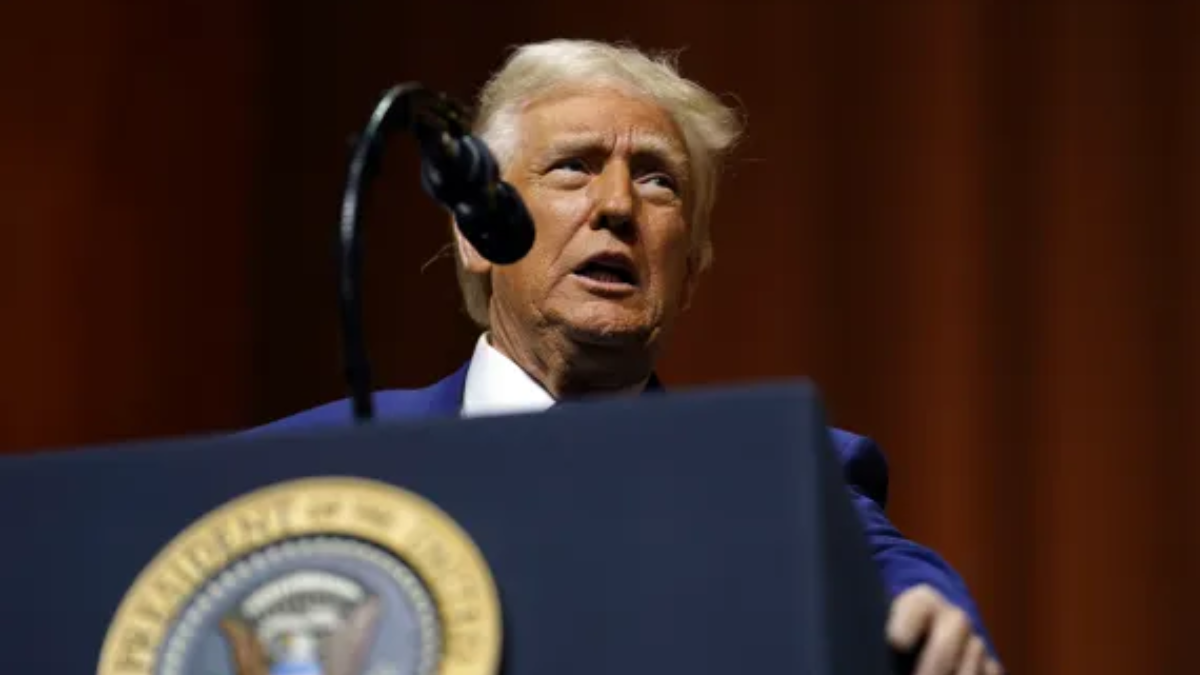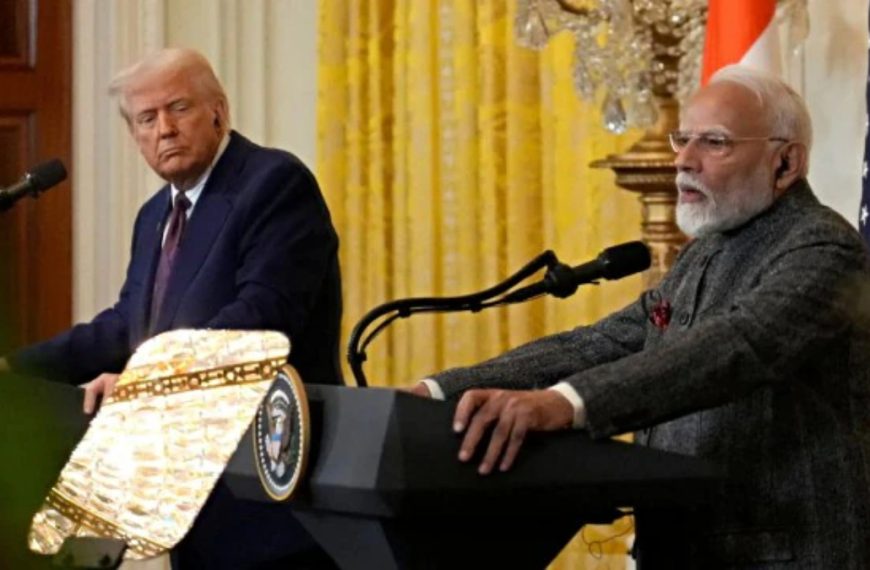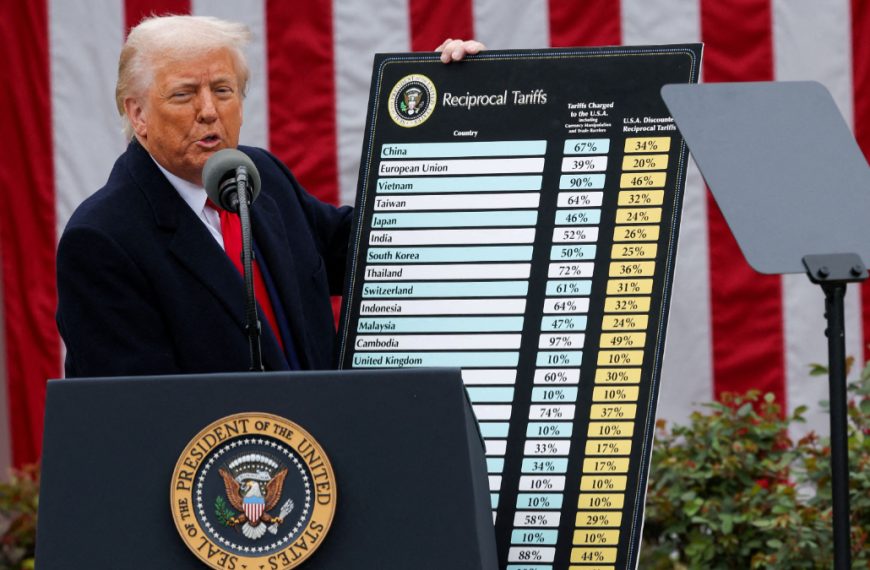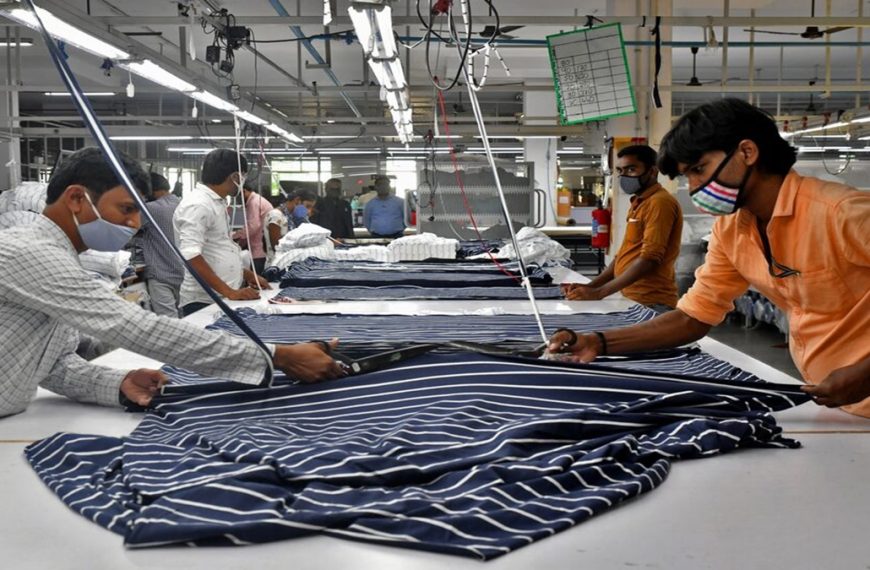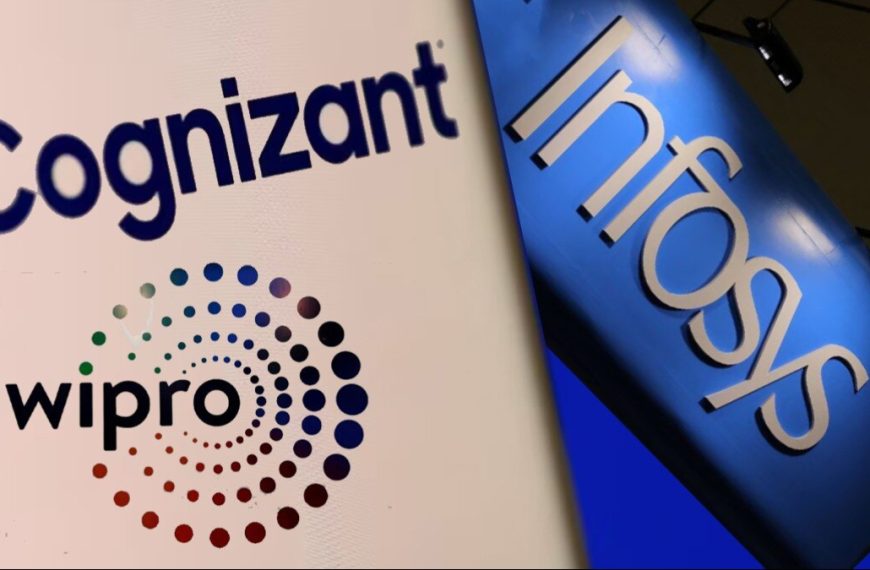The anticipation is palpable as former US President Donald Trump is set to announce a significant tariff that could reshape global trade dynamics. Behind the scenes, frenzied negotiations are taking place, prompting discussions within trade circles about how India might mitigate potential repercussions. According to insights from the international brokerage Jefferies, one strategic approach could involve leveraging defense and oil/gas imports from the US as a buffer, although this move may adversely affect the automobile, pharmaceutical, textile, and alcohol sectors.
Understanding India’s Trade Landscape
A closer look at the World Trade Organization (WTO) data for 2023 reveals that India maintains a trade-weighted average tariff rate of 12%, significantly higher than the 3-5% rates seen in competing emerging markets like China, Mexico, and Indonesia. In stark contrast, the United States imposes an average tariff of just 2.2%.
-
India’s Trade Surplus with the US: In 2024, India recorded a notable $46 billion goods trade surplus with the United States, constituting about 1.2% of GDP. The US remains India’s largest destination for goods exports, making up 18% of the country’s total exports.
- Key Tariff Rates in India:
- Cars: 110%
- Wines & Spirits: 50-150%
- Agricultural Products: Average of 65%
Additionally, India’s software exports to the US are substantial, amounting to $103 billion in the fiscal year 2024, according to data from the Reserve Bank of India (RBI).
Prospects for Negotiation and Agreement
Jefferies has expressed cautious optimism following meetings with key representatives and government officials, suggesting a potential pathway to avoid steep tariffs from the US. The report highlights the outcomes of the Modi-Trump meeting on February 25, where two key strategies were outlined:
- Minimizing Damage: Implementing targeted tariff cuts to lessen the impact of potential reciprocal tariffs in the short term.
- Bilateral Trade Agreement (BTA): Working towards a BTA with the US by late 2025.
Challenges in Establishing a Trade Agreement
However, negotiating a trade agreement with the US is fraught with complications. Jefferies notes that any such agreement will likely touch on sensitive high-tariff items, including agricultural commodities (like corn, soybeans, and milk products), automobiles, and pharmaceuticals.
India faces the delicate task of balancing concessions to the US while also negotiating trade deals with the European Union and the United Kingdom, where discussions are ongoing. Jefferies elaborates that higher tariffs on various goods, including autos and electronics, have been maintained to protect domestic industries from competition with China and other countries. Additionally, the BTA may necessitate stricter intellectual property rights (IPR) regulations on pharmaceuticals, further complicating negotiations.
As the situation unfolds, India must navigate these intricate dynamics to safeguard its economic interests while engaging in international trade discussions. The outcome of Trump’s tariff announcement could have far-reaching implications for both countries’ trade relationships.

